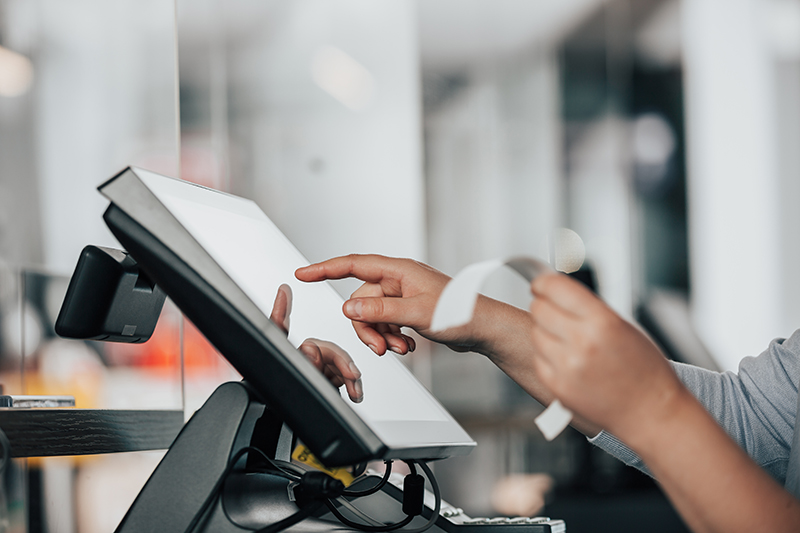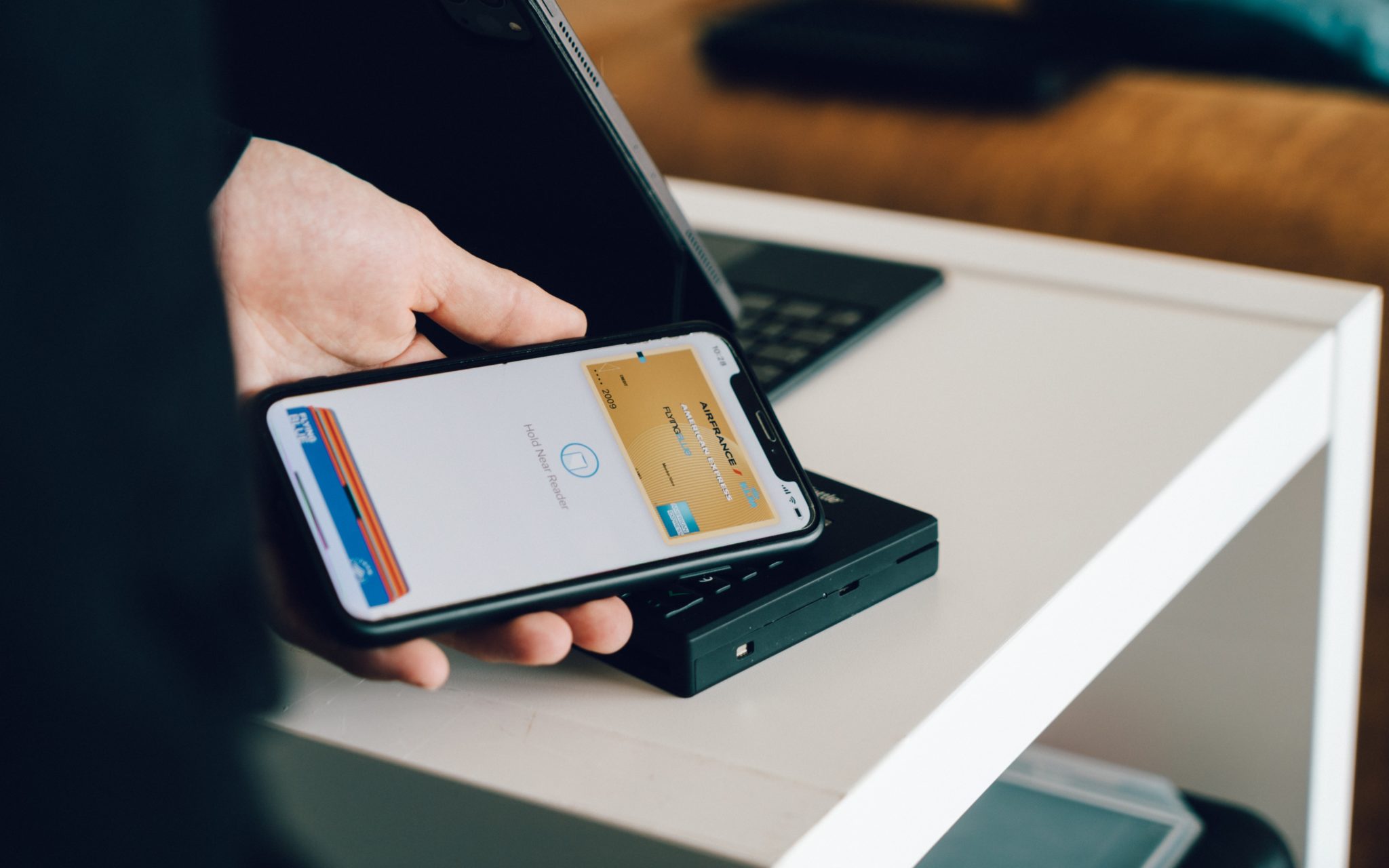Consumers increasingly embrace digital technologies and devices in all stages of their buying journey. Digital is integrated with off-line shopping behaviour and retailers are being advised they should look at omni-channel retailing.
In his recent blog post on Econsultancy, Darren Hitchcock defines omni-channel retailing as “an integrated sales experience that melds the advantages of physical stores with the information-rich experience of online shopping”. It’s, among others, about building bridges between online and offline.
While omni-channel retailing is still relatively new for most retailers, it gets more attention as consumer behaviour keeps changing and retailers gain a single customer view, integrating customer and shopping data with behavioural profiling, preferences, etc. To see what possibilities it offers, exploring the possibilities and doing some tests might be a good idea, as long as it’s relevant. However, it all depends on the individual context of the retailer: the market, the types of products, the profile and behaviour of customers etc. Obviously, what your multi-channel shopper wants is essential when you start.
There are many tactics and ways to provide a more integrated shopping experience. While some have been proven, others are fairly new. In his blog post on Econsultancy, Darren Hitchcock explains five ways to embrace omni-channel retailing.
5 omni-channel retailing trends and ideas
1) Making use of social media
Peer-to-peer communication is one of the most effective ways to sell something. Brands using social media and social communities are stepping out of the traditional advertising model and allowing customers to help build the brand through their own discussions and recommendations. Social is definitely part of an omni-retail shopping experience as experiments in stores prove (for instance, displaying ‘likes’ on small screens near the actual products).
2) Integrating customer reviews
Like social media, reviews are powerful advertising tools. Shoppers tend to trust the experiences of their peers more than brand advertisements. Companies are beginning to take advantage of the growing mobile trend to make reviews and product guides available in-store. Customers can access this information while they shop and use it to help make purchasing decisions. Being able to read reviews and see detailed product information while shopping creates a comprehensive buying experience that can help drive sales.
3) Use digital means to personalize physical shopping
Consumers enjoy a personalized shopping experience. Being greeted by a trusted associate at a favourite store, having someone remember their buying preferences and being shown what they want rather than sitting through generic sales pitch all make shoppers more likely to buy. Some stores are rolling out apps that help their employees accomplish these things with each customer. Other apps deliver information about in-store sales and events to customers as they shop. This is one of the applications the retailing industry is testing most.
4) Technological advances in-store
As technology becomes more powerful, businesses will be able to offer more detailed, personalized shopping recommendations. In-store stations that allow customers to interact with the products available for sale can collect important information about things such as clothing size and buying history, allowing retailers to deliver comprehensive product guides to each individual consumer.
5) Merging social and local
Location-based social media like Foursquare and Facebook Places allow businesses to use social channels to market to local customers. These services link mobile users to their friends via “check-ins,” showing who has stopped where and any comments they had about the experience. Businesses looking to get in on the action can offer coupons, sales alerts, messages about important events and more, delivering advertising and information to shoppers as they go about their daily routines.
The evolution towards an integrated physical, digital, mobile and social shopping experience is just starting. Retailers are increasingly moving towards cross-channel customer experiences. It’s interesting to see what’s happening and what works. In the end, using closed loop marketing with a single customer view across all marketing and shopping channels, provides the insights and data you need to experiment.
Again, it’s about integration around the customer.



